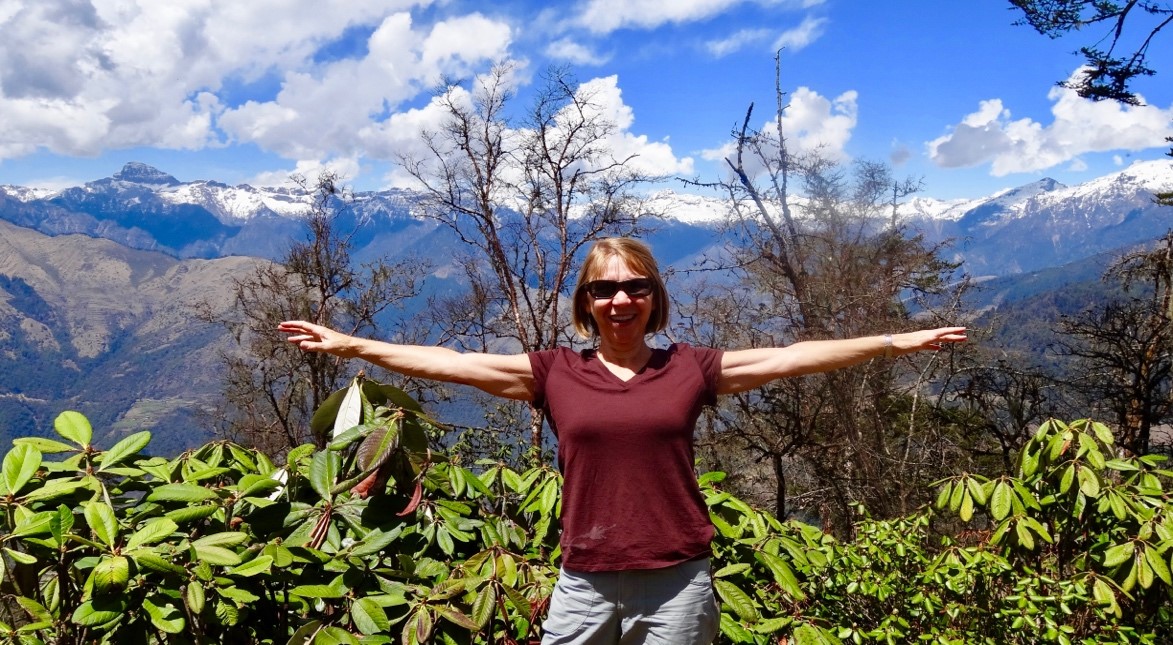
Thimphu’s compact size makes it ideal for wandering around. It has some impressive museums, interesting temples and plenty of opportunities to see Bhutanese artisans at work in traditional crafts. The Takin Preserve, is a mini zoo, allowing travellers to see Bhutan’s national animal. The takin is a gentle, endearing animal, looking like a cross between a goat and a cow. It’s also worth checking out the government buildings within the dzong, with the king’s modest residence nearby.
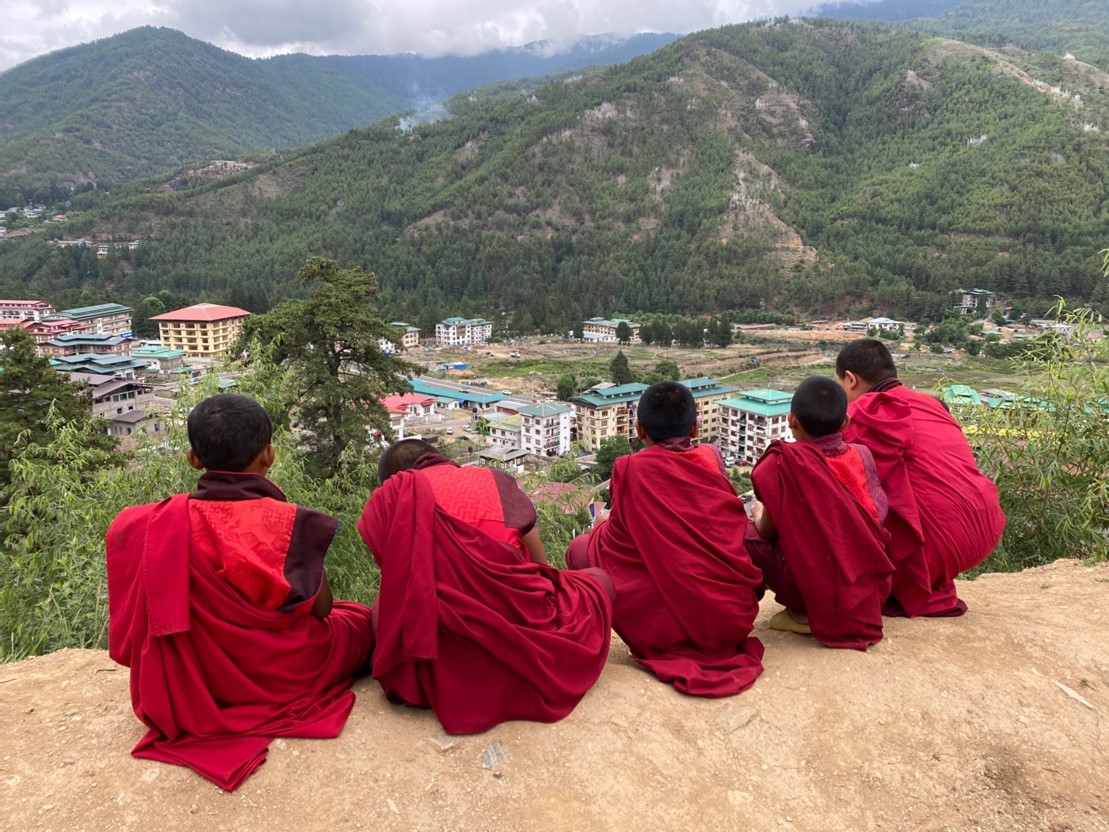
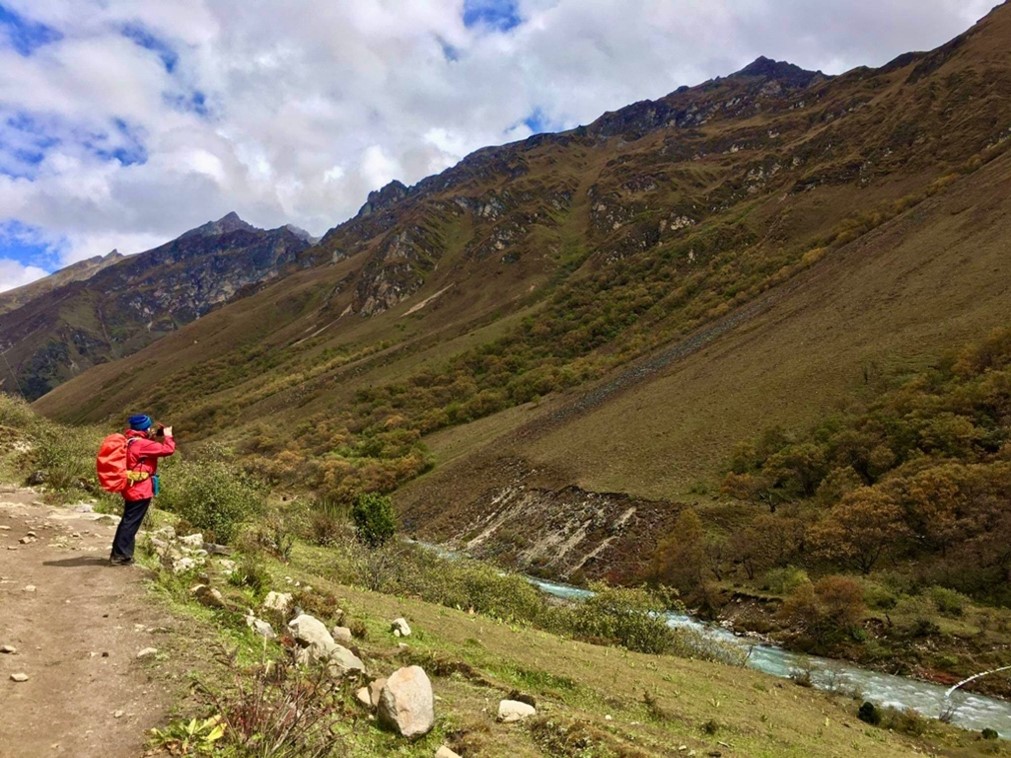
Grades range from easy to challenging – your choice, at your pace. There are walking trails everywhere in Bhutan, some short, some longer ones, some mostly flat, or entirely downhill and some that are steep, uphill adventures. Most trails are a mixture of both. Beautiful forests are never hard to find.
Get an understanding of Bhutanese Buddhism through its beautiful temples, the heart and soul of Bhutanese life. You’ll find them in every corner of the country, even the most remote locations. Some are ancient, dating as far back as the 7th century, whilst others are gleaming and new. A simple exterior can bely a wondrous interior, richly decorated with colourful hangings, golden butter lamps and ornate statues.
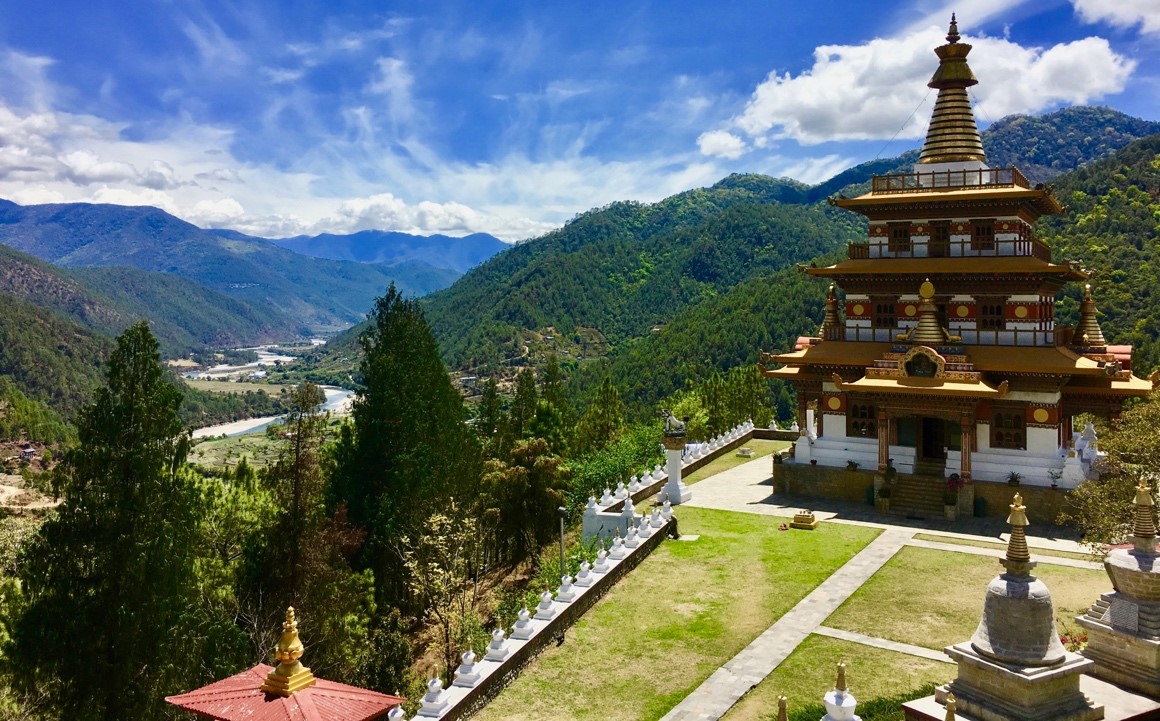
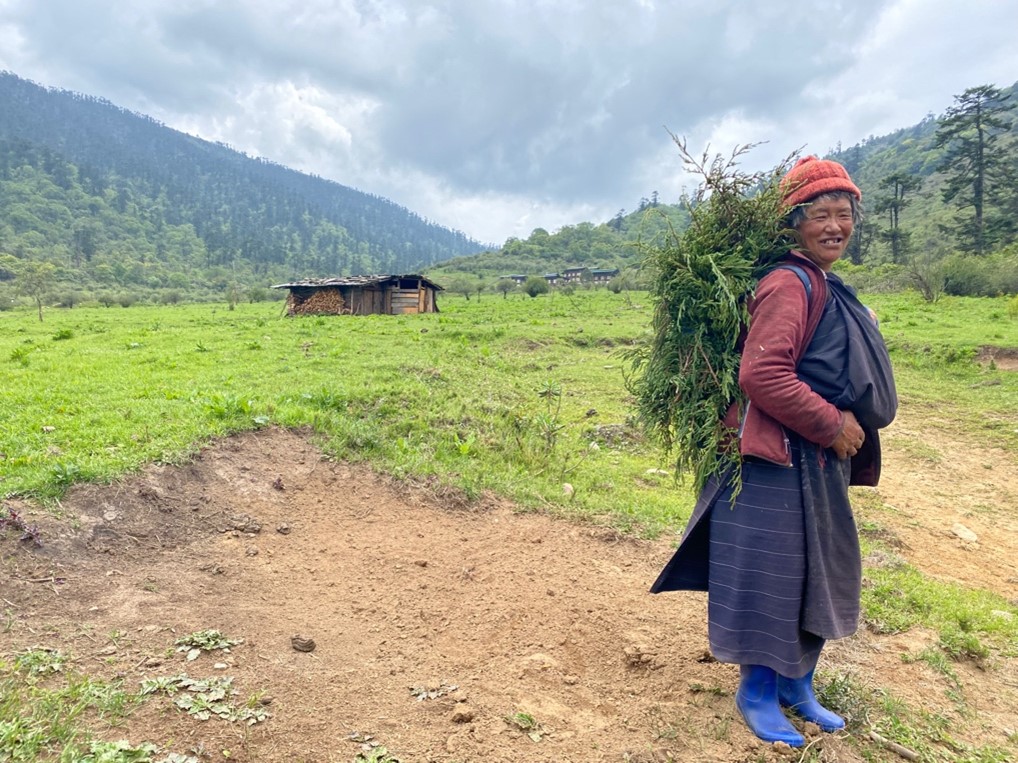
Stay in a traditional homestay for a glimpse into everyday life on the family farm. Less formal than a hotel, homestays are usually very simple but you’ll feel so well looked after by your hosts. You’ll eat homegrown vegetables, homemade cheese and maybe even try ara, an alcoholic rice wine similar to Japanese sake. Many offer a hot stone bath too.
Bhutan is really big on festivals. Every major and minor town has one. Except in January, you’ll find a festival on all year round. The big ones like the Paro or Thimphu tshechus have a Buddhist focus but there are others that celebrate the rhododendrons, or the arrival of the black necked cranes, or village life in the mountains – complete with highland games. If you really want to get into the spirit of things, you can hire a gho (for men) or kira (for women) the national dress of Bhutan to attend the festival in style.
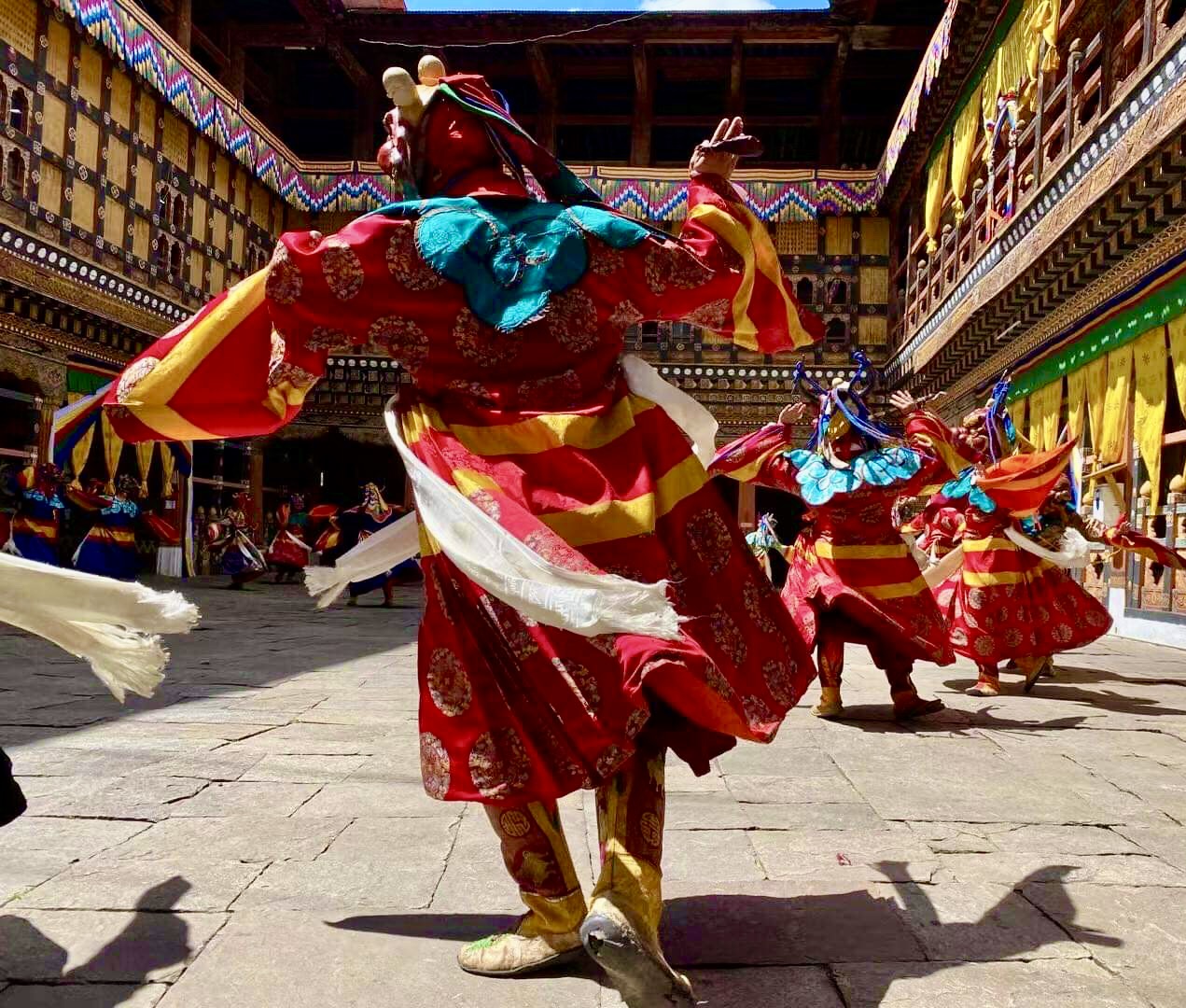
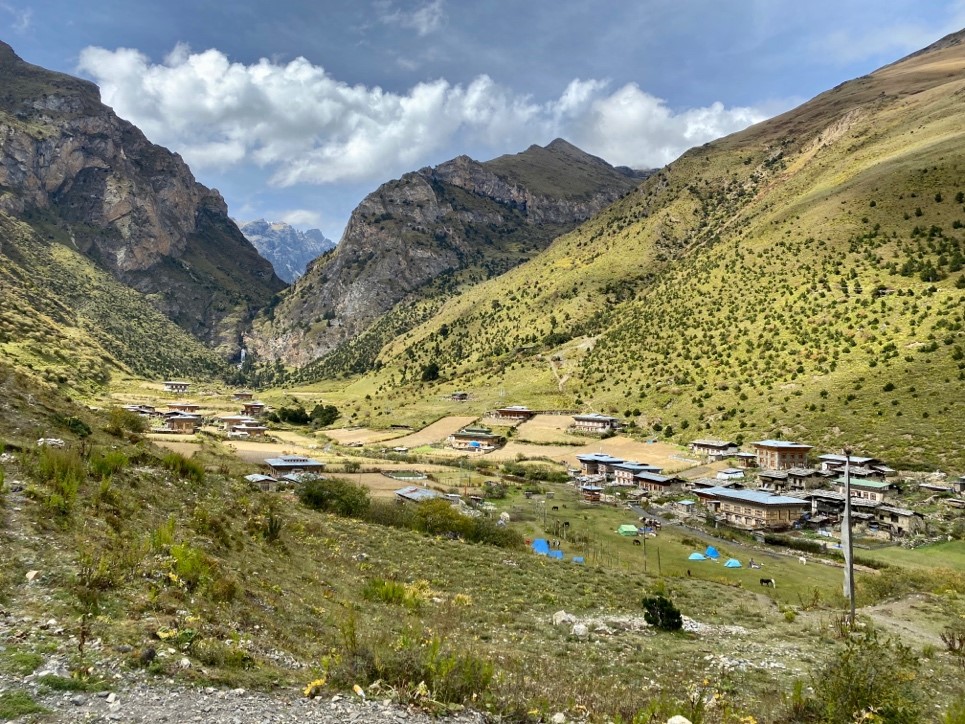
It’s possible to do an easy 2 or 3-day trek, all the way up to 12-day expeditions. We supply everything you need, including camping gear and support staff. Horses carry all your gear and you need only a day pack. It’s a great way to get up close to the big mountains. Many treks have large, beautiful lakes, often sacred places for the Bhutanese. There are many charming villages on the trekking routes, in picturesque valleys, where you can get a taste of rural life amidst the Himalayan peaks.
Let Tashi, our guide and resident birder, take you to his favourite birdwatching hotspots. There are over 700 species in Bhutan. Royal Manas National Park, in Zhemgang, is known for its abundant birdlife. If you plan to be in Bhutan between November and March, the Phobjikha Valley is the place to see the black necked cranes. Every winter they fly to this valley from the Tibetan Plateau.
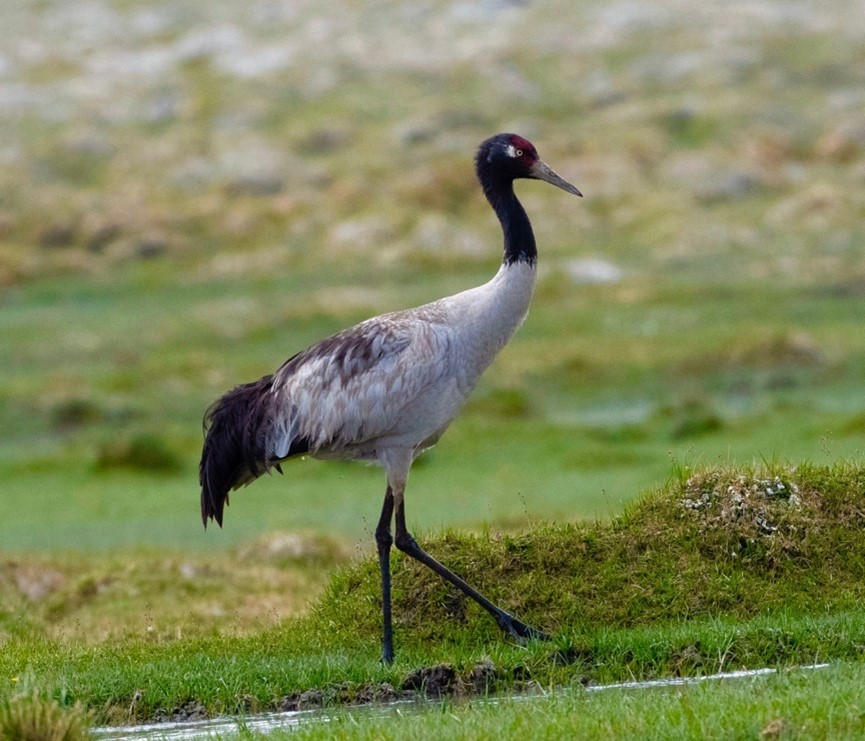
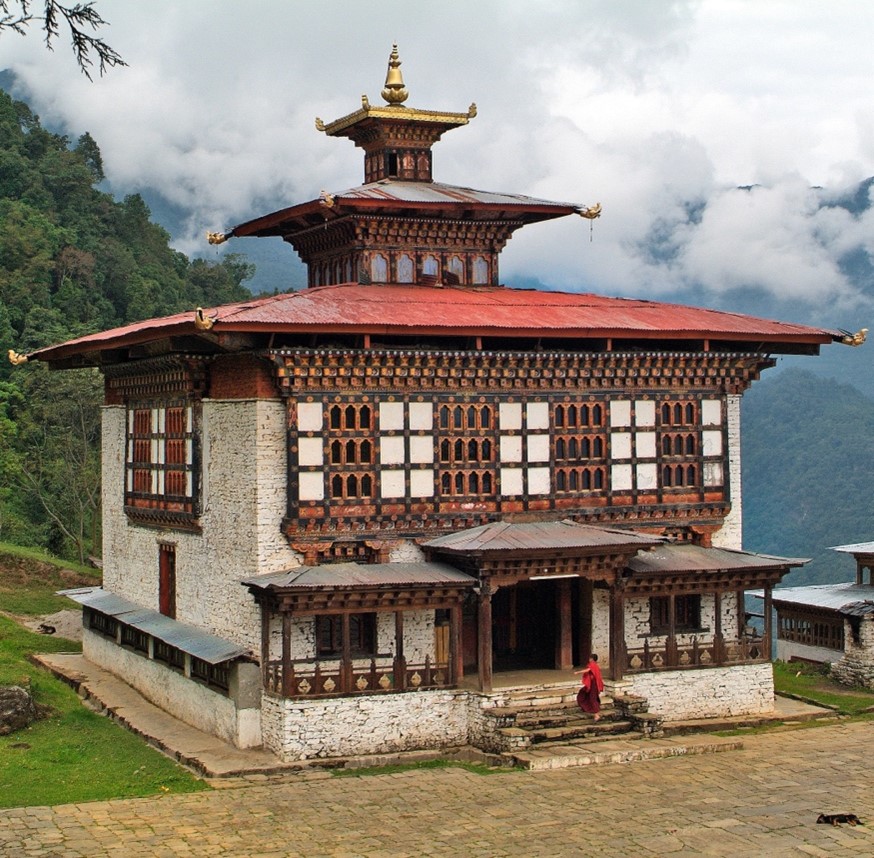
Eastern Bhutan is largely undiscovered by tourists, making it a great place to see traditional village life and meet local artisans making ancient handicrafts. The altitudes are lower and the weather is milder, making it a great year-round destination. Eastern Bhutan is known for its exquisite silk textiles. Time your visit with one of the festivals to really get a feel for the culture. Travel to Bhutan’s far east to meet the Brokpas, the locals who call Sakteng home and wear a distinctively different type of dress made from yak wool.
The forests come alive in springtime with flowers, especially the beautiful rhododendrons, which bloom at different times according to the altitude. April is ideal for most places, but May is the best time if you’re heading up to the mountains on a trek, where the rhododendrons are of the smaller, shrub variety.
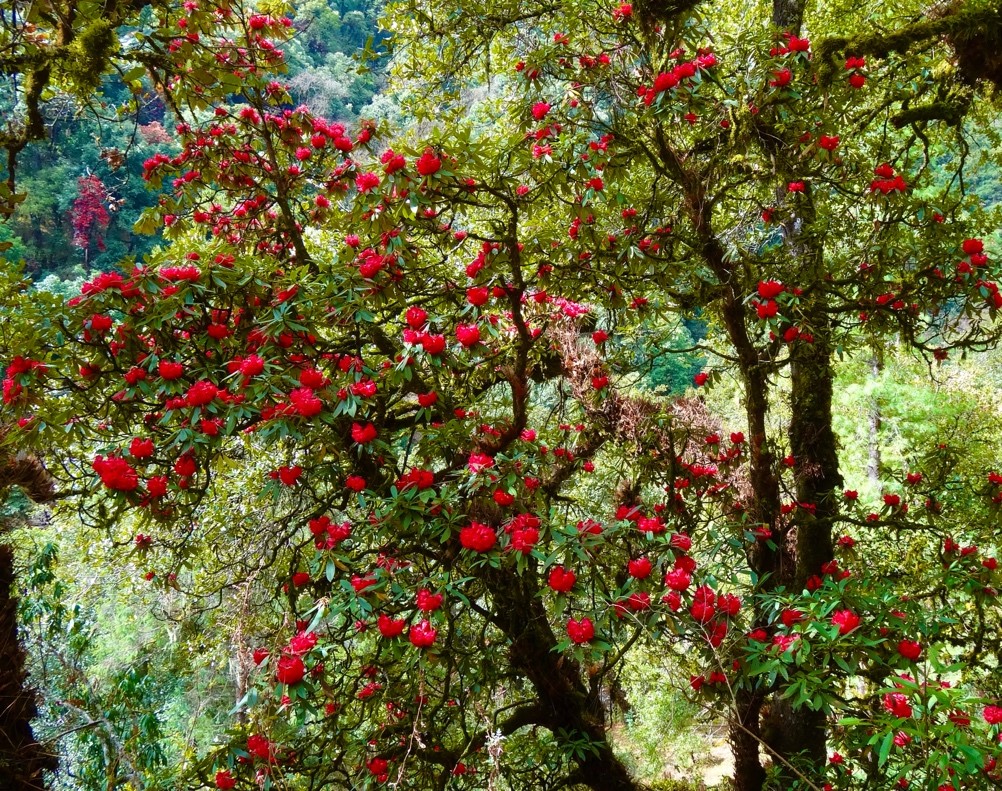
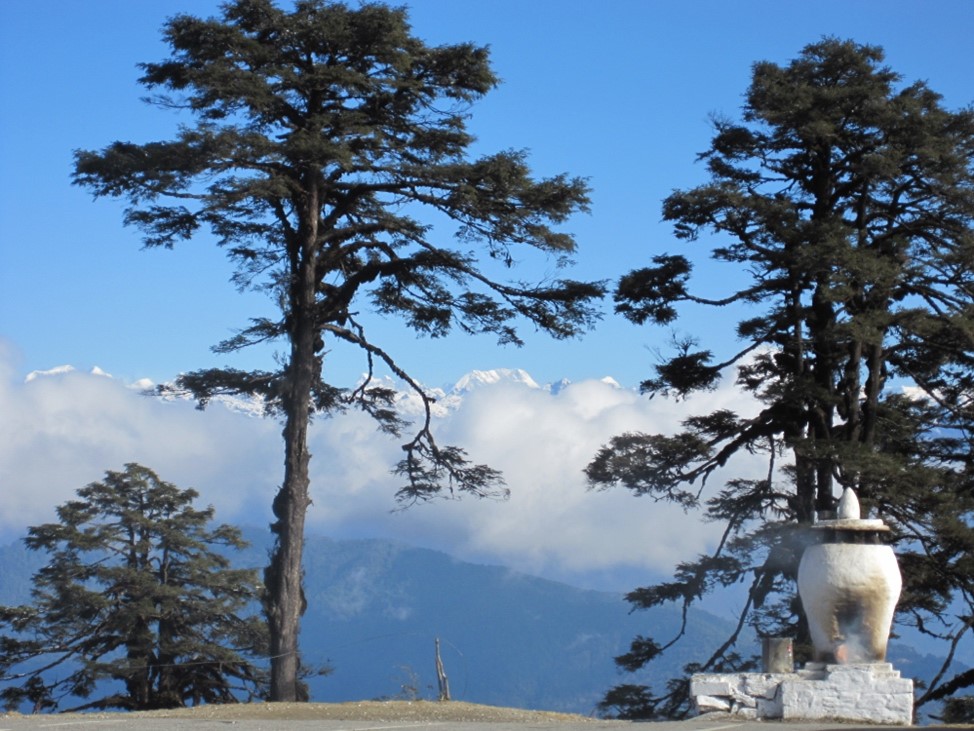
The Himalayas are the world’s highest and most majestic mountains. From mid-October to March, when the skies are wonderfully clear, you’ll get the best views of these snow-capped giants. There are several excellent viewing points, sometimes from the side of the road. You’ll also get the most spectacular sight of the mountains on the flight into Bhutan. Make sure you get a window seat!
Explore Bhutan’s fabulous fresh food markets. Everything grown in Bhutan is mostly organic and there is an emphasis on fresh vegetables. And chillies! The locals love them. Ema Datshi, chillies cooked with cheese, is the national dish. Try it with the local red rice for the true Bhutanese experience. Let us take you into the kitchens of our favourite home cooks and perhaps take a cookery class. Bhutanese food is often very simply made but totally delicious.
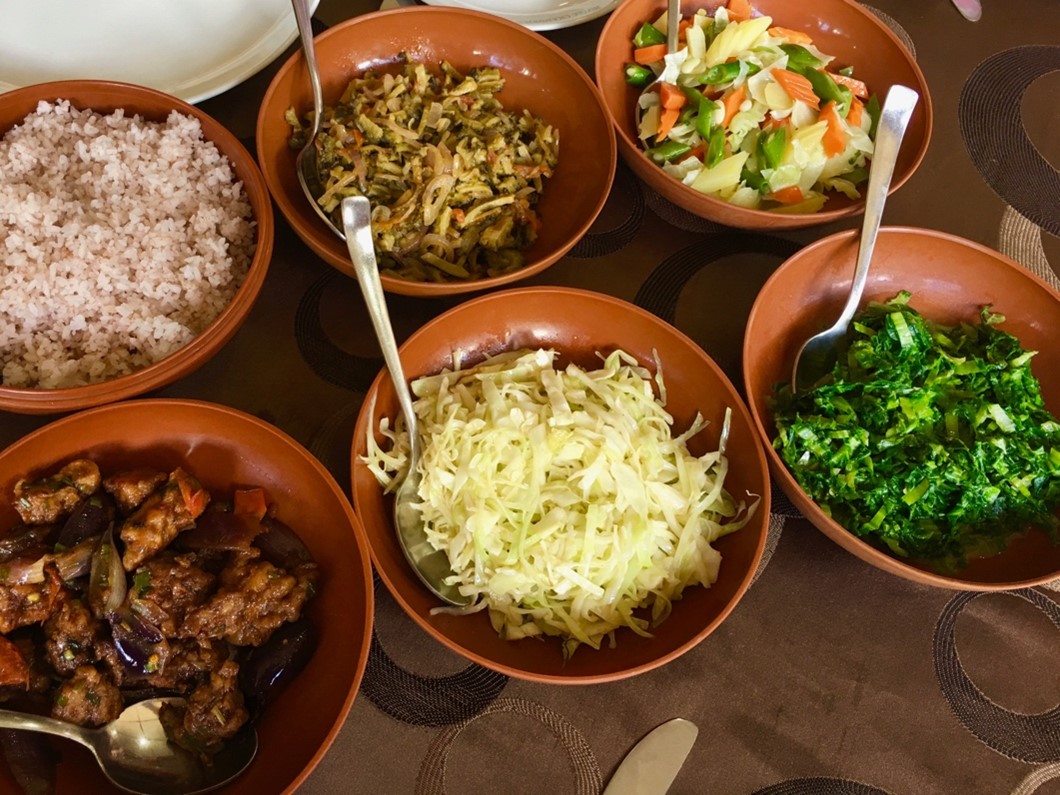
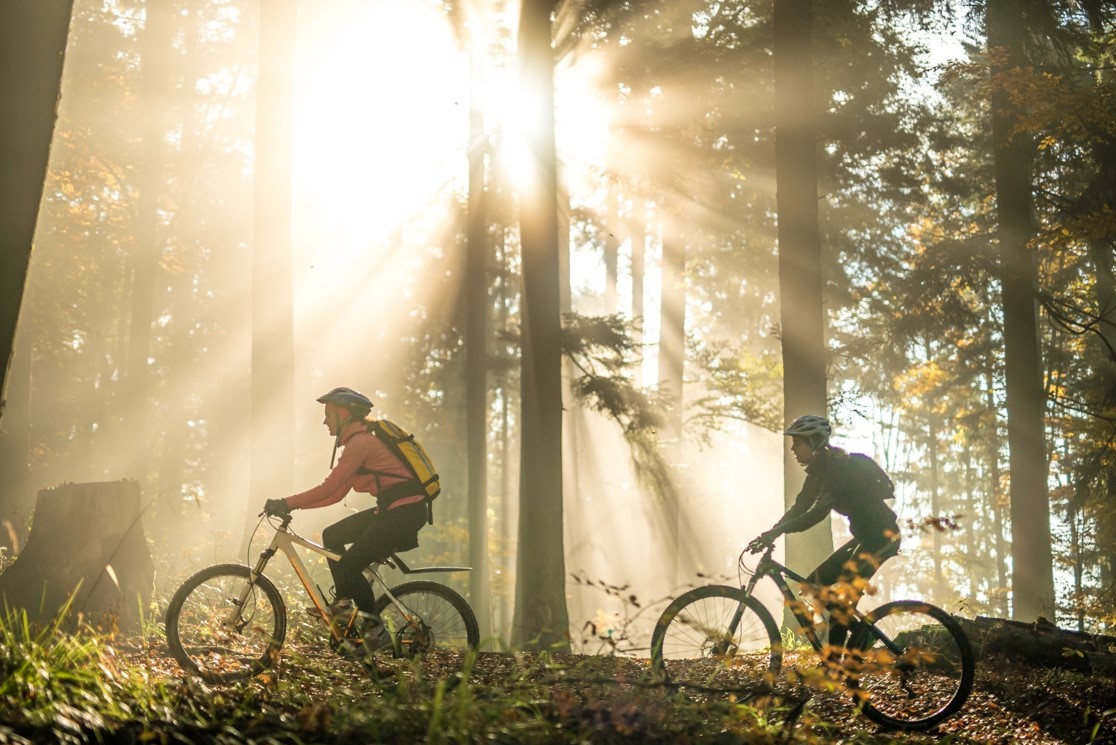
Find quiet back roads and dedicated cycle trails to get around. We arrange bike hire and a backup van. Your driver can drop you off and pick you up at designated points – you need only to ride at your own pace.
If you’re planning a trip to Bhutan and would like someone from Rare Air to speak to your group, you can book a PowerPoint presentation – either in person or online.
Email: [email protected]